Tar steamer model
Artefact of the month - September 2020
Models of watercraft have been built for millennia. The motives for building them have varied from religious to technical to practical. Model boats have been found in tombs of the upper castes of Ancient Egypt. The funerary boats were believed to help the deceased in the afterlife. The church ship is a type of votive ship also found in Finland, usually gifted by seafarers in thanks for divine protection in perilous situations. On the more secular side are sailor-made model ships, usually built as keepsakes of a ship the maker sailed on.
Greater attention to detail was required from reconstructions commissioned by scientific societies and museums, and from dockyard models of shipping companies. Test models have been used for testing the properties of vessels still on the design table. Play and recreation often play a leading role when it comes to pre-built, radio-controlled models. Larger, manned vessel designs, on the other hand, can be used for ship handling training for maritime professionals. Especially before the digital revolution, miniature models were also frequently used for the needs of the film industry, for example.
A high-quality ship model gives an authentic and comprehensive view of its subject and also serves as an excellent document of a vessel that no longer exists. Although modern technology is of great help in building accurate ship models, high-quality models are still mainly built by hand.
The cargo steamer, or tar steamer, was a type of wooden, tarred cargo vessel used in the Lake Saimaa basin from the late 1800s to the 1960s. The vessels were specifically designed for the dimensions of the lock chambers of the Saimaa Canal in order to transfer cargo from the lake area to the sea and vice versa as efficiently as possible. The volume of a tar steamer was typically between 100 and 140 net register tonnes and the main load was wood, which was exported in large quantities via the Saimaa Canal before Finland gained independence, especially to St Petersburg. Between independence and World War II, most cargo steamers went to Helsinki, but Vyborg and other export ports in the Gulf of Finland were also visited. The longest journeys went all the way to Norway. In the heyday of the vessel type in the 1920s, Saimaa was home to nearly 200 cargo steamers.
Ari Väärikkälä, who died in 2015, was one of the most distinguished model builders in Finland. The Maritime Museum of Finland has several ship models built by Väärikkälä in its collections, including models of the ancient boat of Mekrijärvi, passenger steamer s/s Saariston, galleass Evin and tugboat s/s Halla XVII, as well as a 17th century Dutch fluyt. The latter is accompanied by a video displayed in the main exhibition of the Maritime Museum, through which the exhibition guest can explore the various stages of the construction of the model, as described by the model builder himself.
Väärikkälä also created the tar steamer model presented here, whose journey from an idea to the display case took somewhat longer than usual. Väärikkälä already started planning to build a model of a tar steamer with his friend Erkki Riimala in the 1970s. Years passed and many other models were created by the hands of the master. The tar steamer plan was not forgotten, but had to wait for its turn until late 2006, at which point agreement was reached on the construction of a model for the new main exhibition of the Maritime Museum of Finland that was to be opened in Maritime Centre Vellamo.
Since the objective was to depict the type of vessel rather than a particular individual vessel, the pre-model research process was also slightly unusual. The main examples were ship drawings prepared at the Savonlinna Laitaatsilta shipyard in 1921 and the tar steamer Mikko, which was built in 1914 and is currently part of the Savonlinna Provincial Museum’s collection. However, they were not slavishly imitated; among other things, the unusual round stern shown in the drawings was replaced with a flat stern more typical of a tar steamer.
The hull of the 1:25 scale model is made of almost 150 years old red-hearted pine, luckily found in a building scheduled for demolition. Each hull plank was sawn to shape, steamed and installed in place. Some correspond to a three-inch plank, others to a four-inch plank, as required by the original ship drawings. Over 4,000 pcs of 0.8-mm treenails were driven into the planks, each carved separately from birch for the purpose. The model would not be complete without the appropriate tarring of the hull.
As a model builder, Ari Väärikkälä was known for his uncompromising attention to detail and authenticity. It was obvious to him that the model of a vessel built on frames must also be built on frames, not carved from solid wood. The birch logs loaded on board the vessel are made of small birch branches covered with bark. This creates an impression of metre-long logs. The materials had to comply with the authenticity requirement as much as possible, and the details had to be not only exactly the same as the original, but also functional where possible. Therefore, the tar steamer’s winches, anchor wheel, steering wheel and even the tiny vice found inside the vessel are all functional.
Unlike other models built by Väärikkälä, the tar steamer has a hole cut on the side that gives access to its engine room. The solution is natural, as the steam engine is the heart of the vessel and for many its most interesting part. A small mirror is mounted on the ceiling of the extremely detailed engine room, revealing details that would not otherwise be visible to the viewer. The necessary lighting is obtained by means of three fibre-optic cables hidden inside the vessel.
As a tangible reminder of its maker, the model features a loader pushing a wheelbarrow full of logs along the plank. The figure was carved from black alder, modelled after a photograph of the model builder himself pushing a wheelbarrow – naturally wearing proper 1920s work clothes. The wheelbarrow was made according to pictures and measurements from the Savonlinna Provincial Museum and carries a load corresponding to 1.5 cubic metres of birch logs. You can sense the vigour in the sturdy figure’s stance; loading was not work that could be done in half measures, and neither is building model ships.
The model of the tar steamer is featured in the main exhibition of the Maritime Museum of Finland: North Star, Southern Cross.
Timo Kunttu
Video Pienoismallien lumoa. Mestarimallinrakentaja Ari Väärikkälä, open here.








-
2024
-
2023
-
2022
-
2021
-
2020
-
 Maternity package for undocumented migrants
Maternity package for undocumented migrants
-
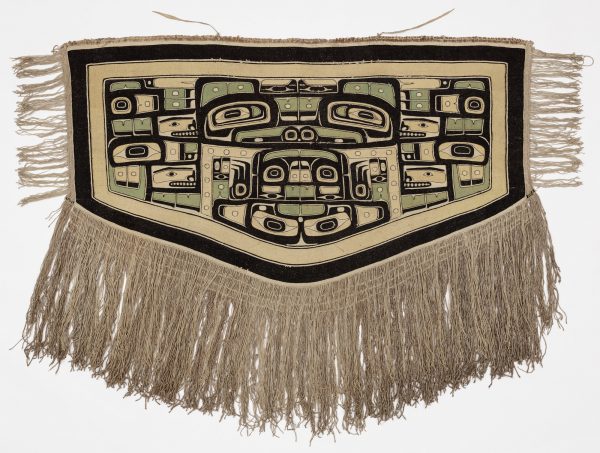 Chilkat blanket
Chilkat blanket
-
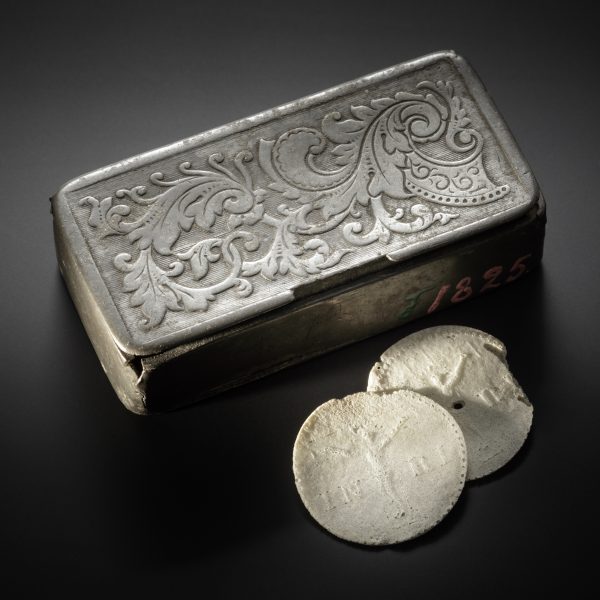 A box of sacramental bread
A box of sacramental bread
-
 Tar steamer model
Tar steamer model
-
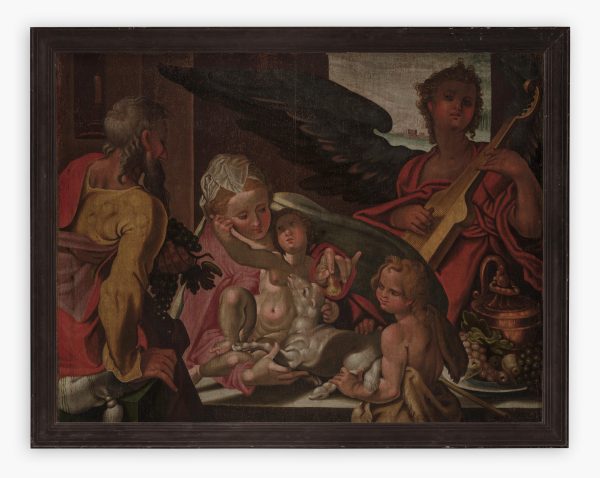 A holy family from the court of Prague?
A holy family from the court of Prague?
-
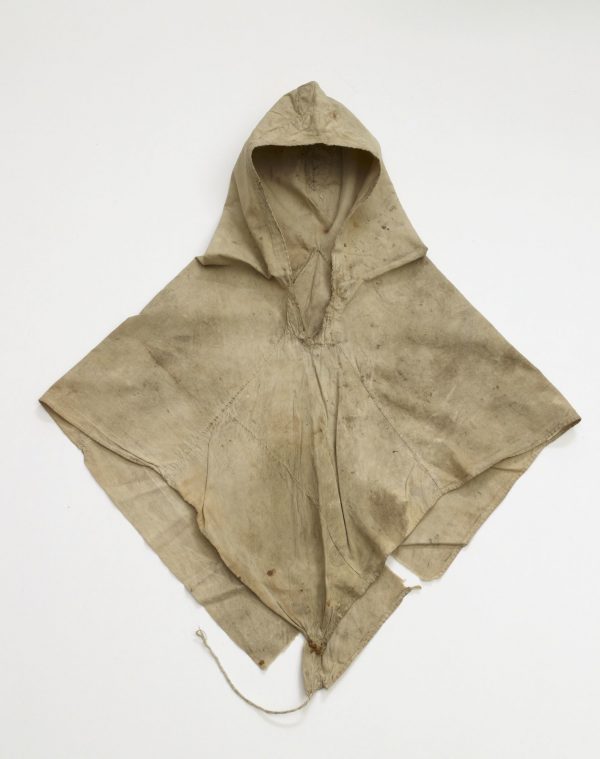 Mosquito hood from East Karelia
Mosquito hood from East Karelia
-
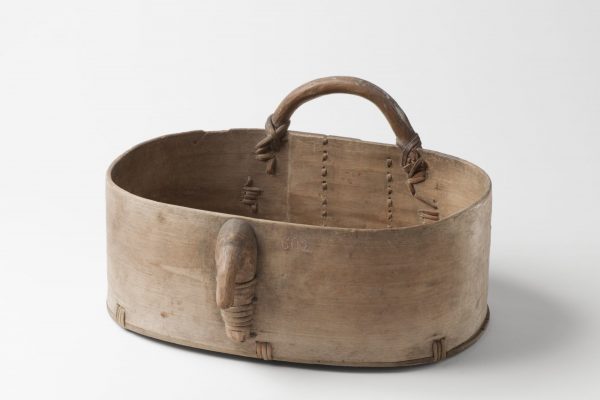 Seedlip (kylvövakka)
Seedlip (kylvövakka)
-
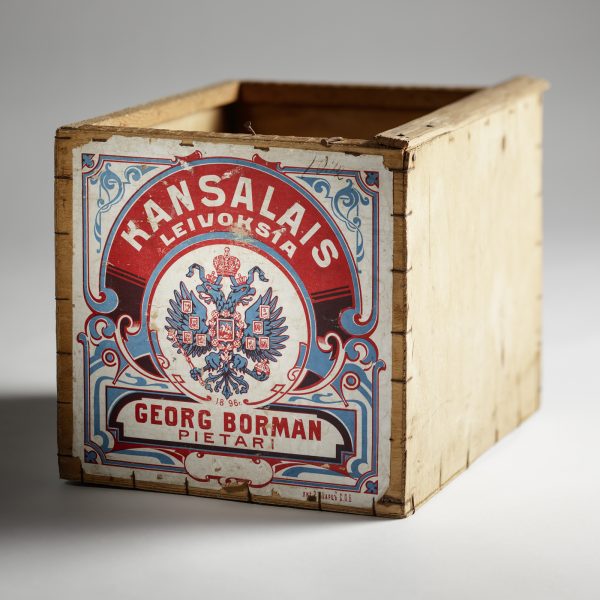 A box of ‘citizens’ pastries’
A box of ‘citizens’ pastries’
-
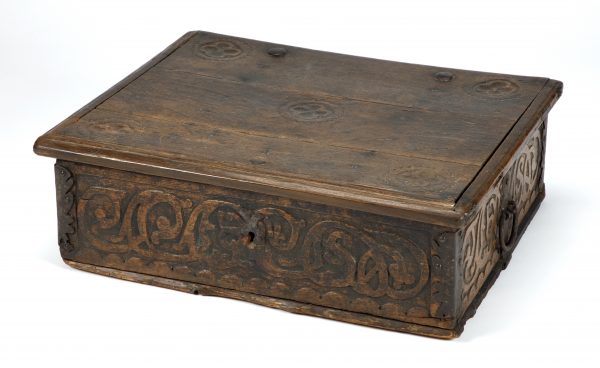 Oak night-box (nattlåda)
Oak night-box (nattlåda)
-
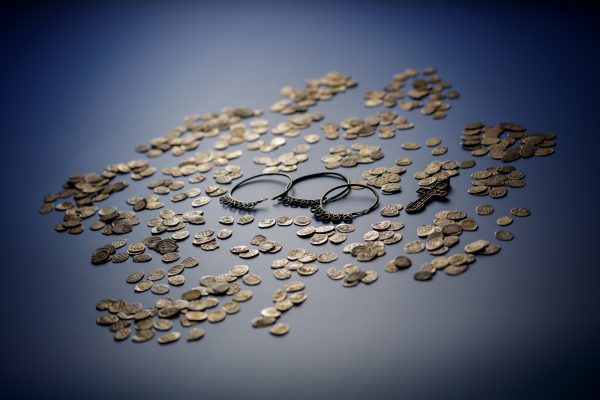 Silver coin hoard from Vieki
Silver coin hoard from Vieki
-
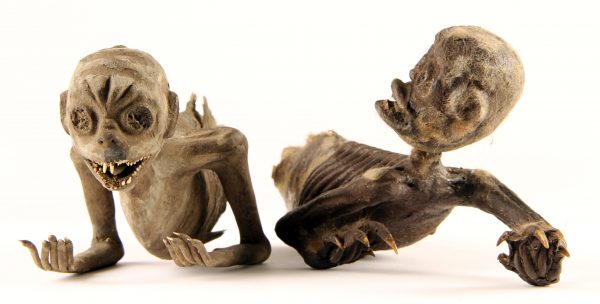 Two mermaids
Two mermaids
-
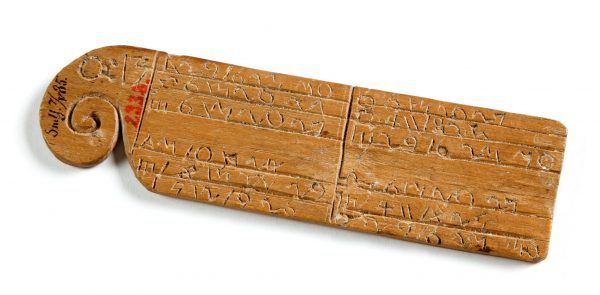 Carl Harlund’s wooden calendar
Carl Harlund’s wooden calendar
-
-
2019
-
2018